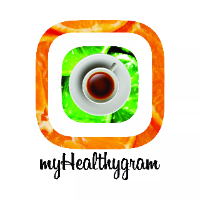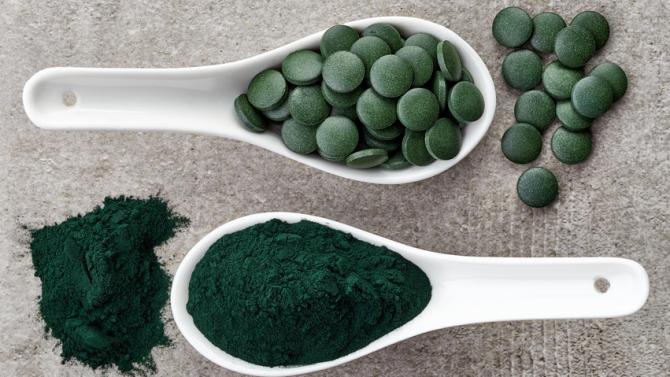A few years ago, spirulina became widely known. It was initially believed to be the Aztecs’ secret weapon and the green miraculous powder of the sea. Today, we are aware that spirulina is a fantastic source of protein for vegetarians and vegans. Important antioxidants, enzymes, vitamins, and minerals are also abundant in it.
Additionally, it has twice the amount of nutrients as five servings of fresh fruits and vegetables.
So, what makes spirulina this special?
According to specialists, it is truly a blue-green algae or cyanobacteria. Spirulina’s vibrant color is how it gained its name. The majority of its pigments, particularly beta-carotene and chlorophyll a, are accessible and beneficial.
Algae are quite similar to land plants in that they too manufacture oxygen through a process called photosynthesis. Additionally, it contains a wealth of healthy nutrients.
Where was the cyanobacteria first found?
These days, we can find it everywhere, including in fresh water, oceans, moist soil, desert rocks, bare soil, and even Antarctica’s rocks. In our country, a sizable portion of the commercially available spirulina is harvested from the South American and Hawaiian coasts.
Later, it is offered for sale as flakes, tablets, and powder. Both its pure and blended forms are available.
Find out more about: Recipe for Getting Rid of Pounds of Toxic Waste from Your Colon
Benefits
Spirulina is a fantastic meat protein substitute because it contains about 60% protein. It is one of the very few plant sources of vitamin B-12, according to nutritionists.
As you may know, vegans do not consume enough of this vitamin. Omega-3, Omega-6, Omega-9, GLA (which lessens inflammation), and DHA are all present in spirulina (main component of brain). These good fats serve a variety of crucial functions.
Gram-per-gram spirulina contains:
- 3,100% more beta-carotene (vitamin A) than carrots
- 5,500% more iron than spinach
- 600% more protein than tofu
- 280% more antioxidants than blueberries
The blue-green algae contains vitamins B1 (thiamine), B2 (riboflavin), B3 (nicotinamine), B6 (pyridoxine), B9 (folic acid), C, D, and E.
It’s an excellent source of potassium, calcium, chromium, copper, magnesium, manganese, phosphorus, selenium, sodium, and zinc.
Extra benefits:
- Relieves allergies
- Boosts immunity
- Regulates blood pressure
- Normalizes cholesterol
- Prevents cancer
- Stimulates friendly bacteria in the intestines
- Reduces the risk of cataracts and age-related macular degeneration
- Provides strong anti-inflammatory and antimicrobial potential
- Offers great antiviral activity against HIV, herpes, and hepatitis
- Strengthens insulin resistance
- Prevents liver damage caused by chemo drugs
The best way to use spirulina
You have two options: either simply consume the pill, or mix 1/4 to 1 teaspoon of the powder isolate into your smoothie. Because the taste is a little sweet and some people can’t take it, nutritionists advise starting with tiny amounts. Protein powder with pre-flavored packaging also comes in the form of spirulina.
A nice trick to try is this:
A spoonful of spirulina powder should be added to a bag of popcorn before mixing. Add additional garlic powder to taste for the best flavor, then toss. Be careful not to select random algae from your neighborhood pond because doing so could put your health at risk from accidently ingesting non-edible species.



